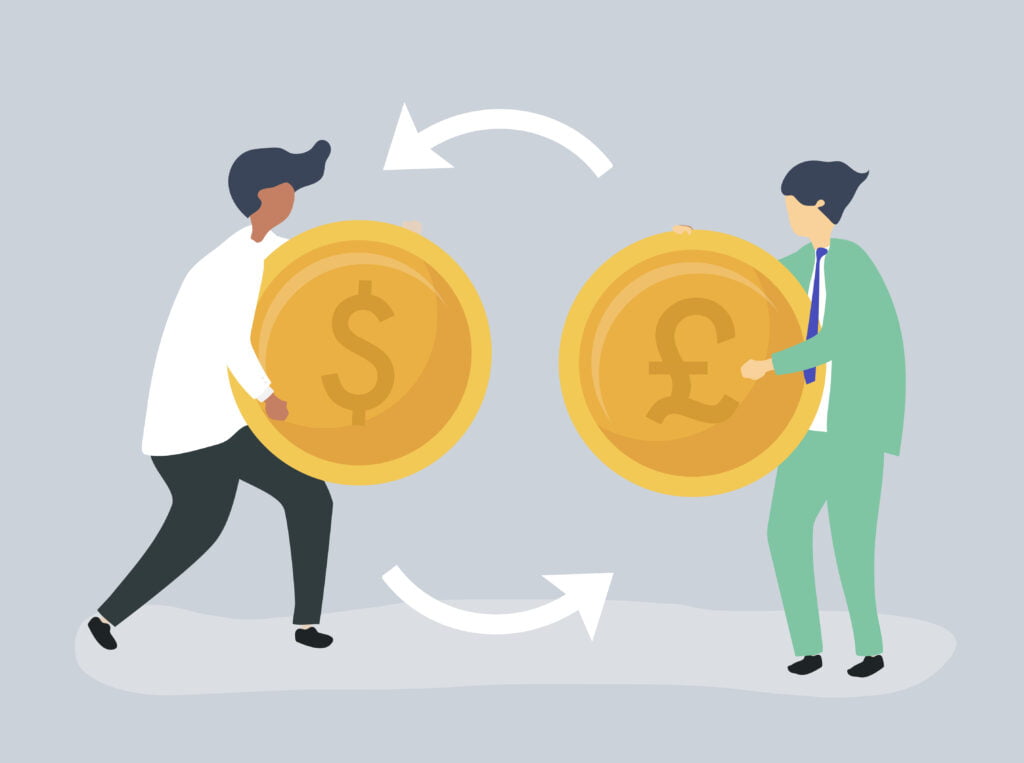“The Cable” currency pair: What is it?
The GBPUSD currency pair is commonly referred to as “Cable,” a nickname rooted in its historical connection to the 19th century. During this period, transactions involving the British pound and the US dollar were conducted through the transatlantic cable. GBPUSD, considered a major currency pair, features the Great British Pound (GBP), also known as Sterling, which stands as the world’s oldest currency still in circulation. Renowned for its liquidity, GBPUSD is among the most actively traded markets globally. Its popularity has led to the widespread use of the term “cable” in financial institutions, trading rooms, and market journalism. The moniker “cable” has its origins in the 1800s when the exchange rate between the US dollar and the British pound was transmitted across the Atlantic via a substantial cable running along the ocean floor between the two nations. GBP/USD exhibits a strong positive correlation with another widely traded currency pair, the EURUSD. This correlation prompts many traders to exercise caution when simultaneously engaging in both markets, as there is a likelihood that they may move in the same direction. Understanding the historical context and the correlation dynamics of GBP/USD provides traders with valuable insights for navigating these interconnected currency markets.
GBP/USD in the global financial landscape.
During the Great Recession, the GBP/USD pair hit a high of over $2.10 in 2007, then sharply dropped below $1.40 in 2009, losing over one-third of its value. This decline, driven by investors flocking to the U.S. dollar as a safe haven, was followed by a gradual recovery over the next five years, stabilizing at around 1.6 against the U.S. dollar. In June 2016, the GBP/USD witnessed a significant 10% decline in a single trading session due to the Brexit vote, losing nearly 20% in the month leading up to it. Concerns over the economic impact of leaving the EU led to investor withdrawals from the U.K. In September 2022, Liz Truss took over as U.K. prime minister, announcing tax cuts to boost economic productivity. However, investor fears of increased debt and inflation resulted in a negative market response, with the GBP/USD hitting an all-time low of around $1.03 on September 26, 2022. After a modest recovery, the pair traded slightly above $1.12 in early October 2022. By mid-June 2023, the exchange rate climbed to approximately $1.28, showcasing the dynamic nature of the GBP/USD pair influenced by economic, political, and market factors.
Cable’s Relationships with Other Currencies: Exploring Correlations
The GBP/USD typically exhibits a negative correlation with the USD/CHF and a positive correlation with the EUR/USD currency pairs, owing to the interconnected positive correlation among the euro, Swiss franc, and the British pound. Preceding the Great Recession, the GBP/USD demonstrated a strong correlation with the Australian dollar and the New Zealand dollar. Investors engaged in a carry trade strategy, acquiring these high-yielding currencies. While historically stronger than the U.S. dollar,GBP/USD has gradually weakened over the years, declining from a value of approximately $5 to the current value of around $1.28 as of June 2023. This decline is attributed to the relative decrease in British economic power, the loss of most overseas colonies, and the strength of the U.S. economy. Despite its overall decline, the pound has experienced short-term fluctuations. In 1972, it briefly reached a high of $2.65 before dropping to a low of $1.05 in the subsequent decade. In the 21st century, the pound’s downward trend has persisted, fluctuating from a high of $2.08 to a present value just above $1.08. Economic uncertainties surrounding the coronavirus pandemic and the loss of the European market have contributed to an overall weakening of the prospects for the British economy.the

